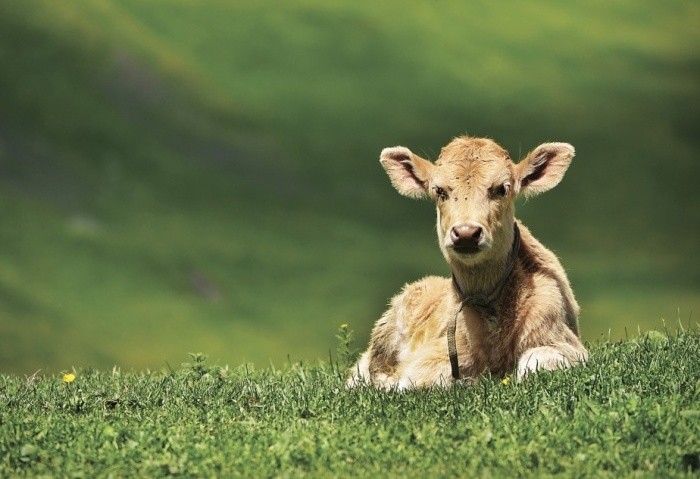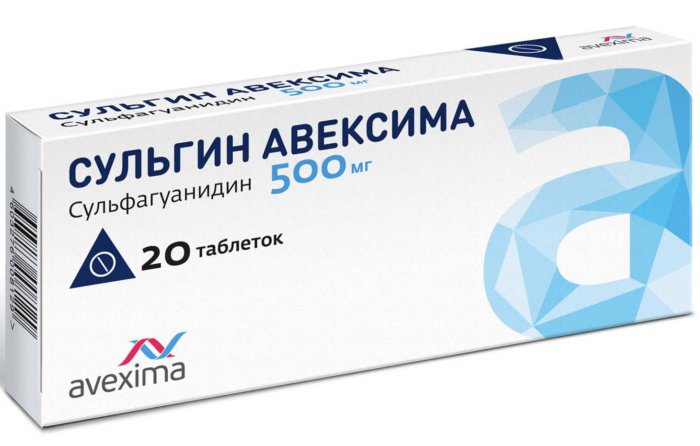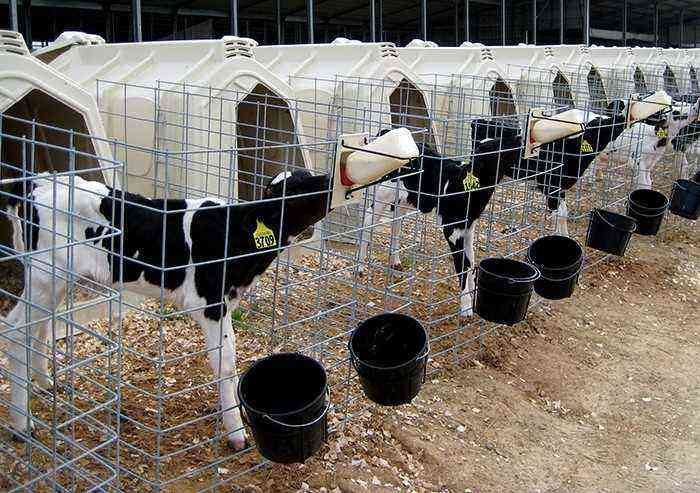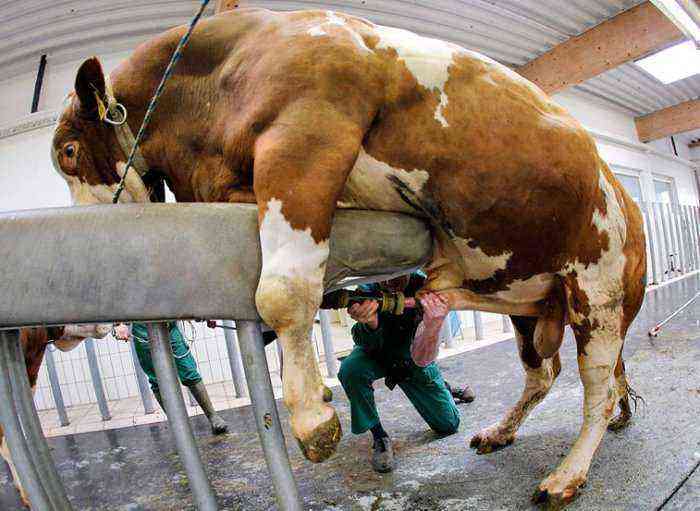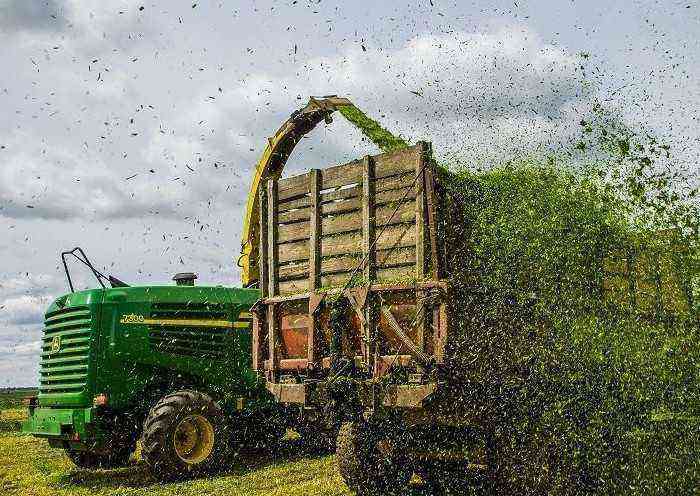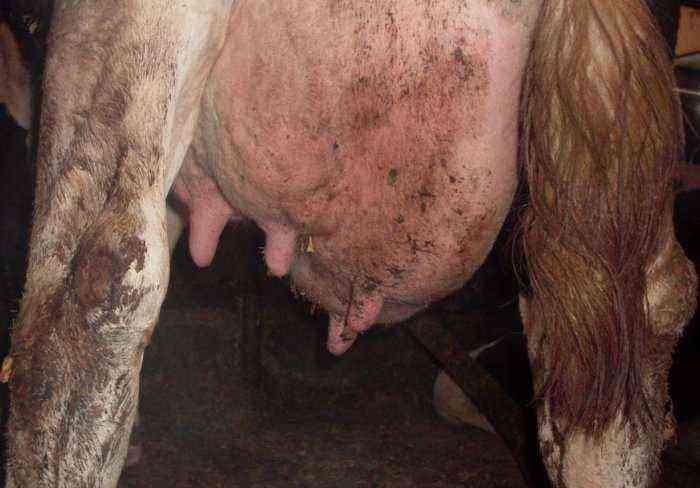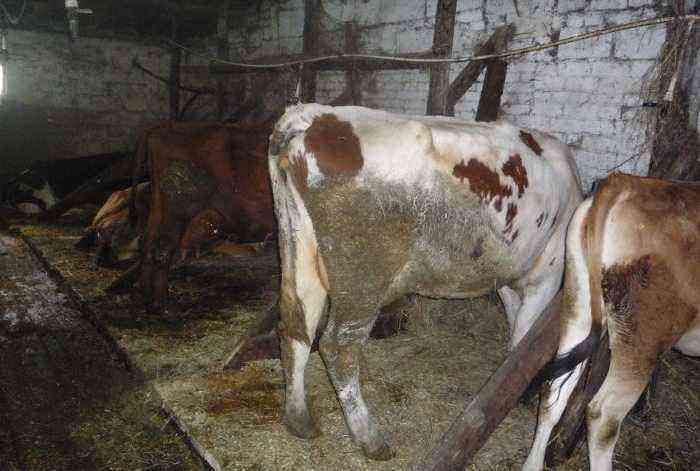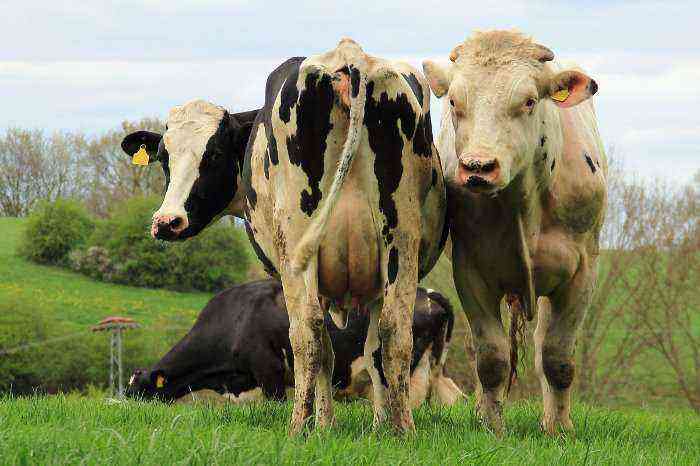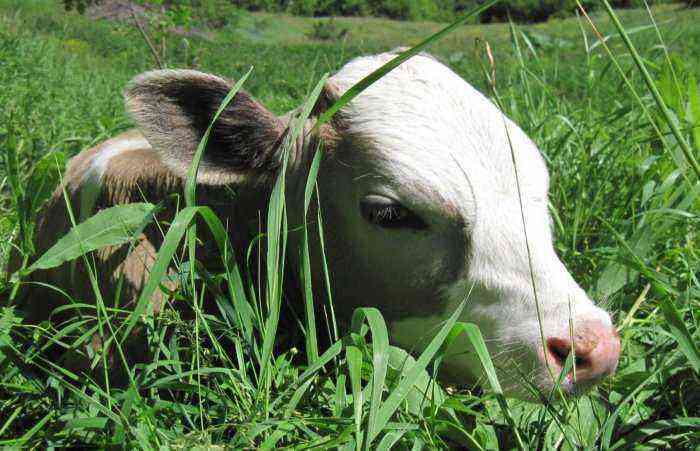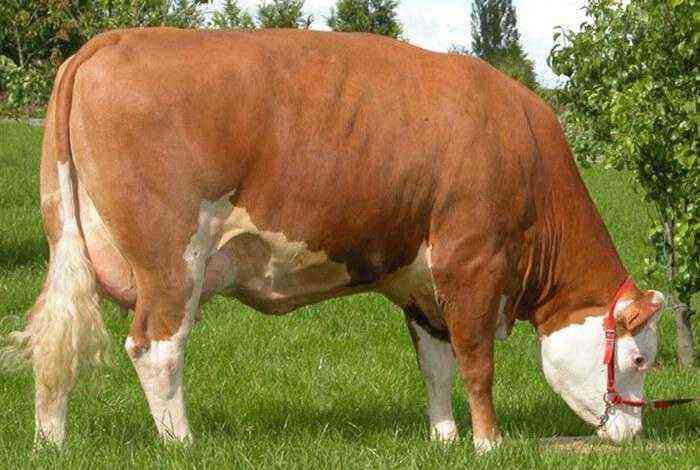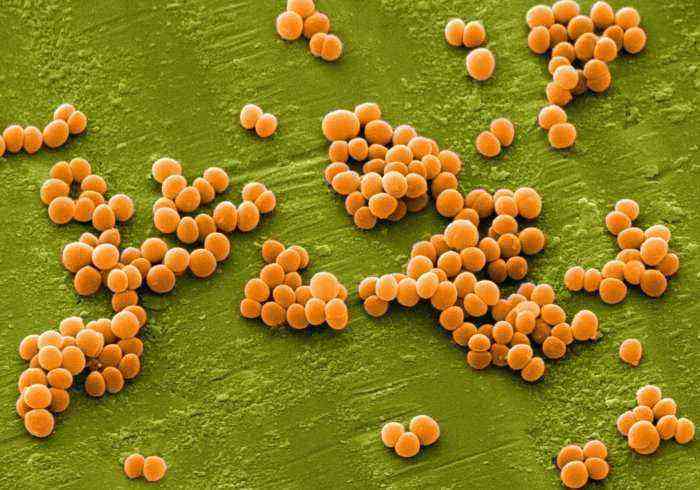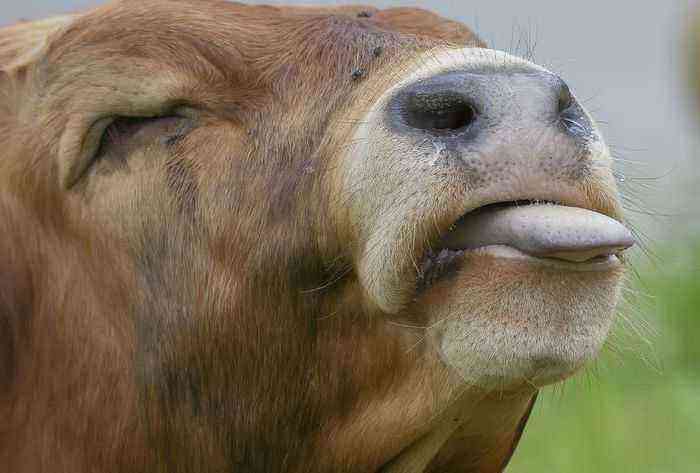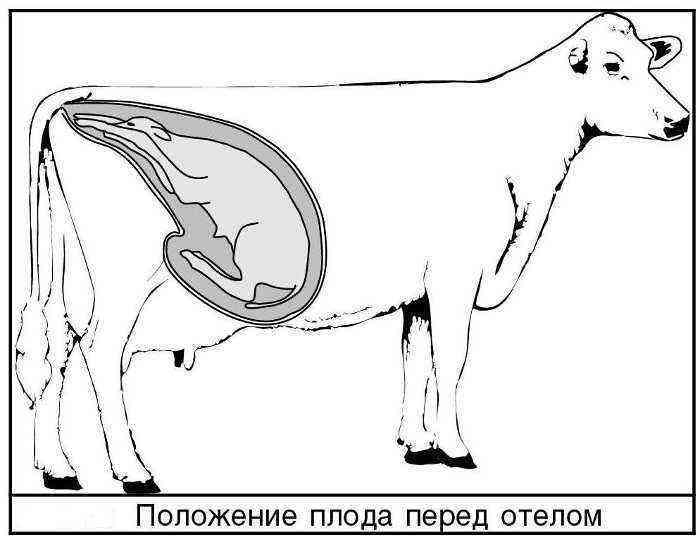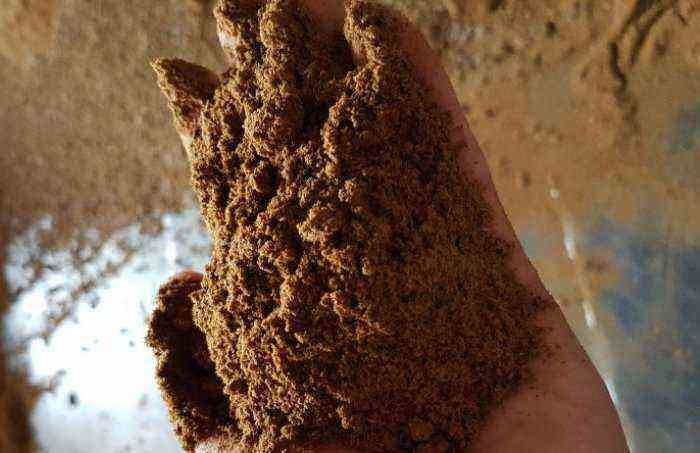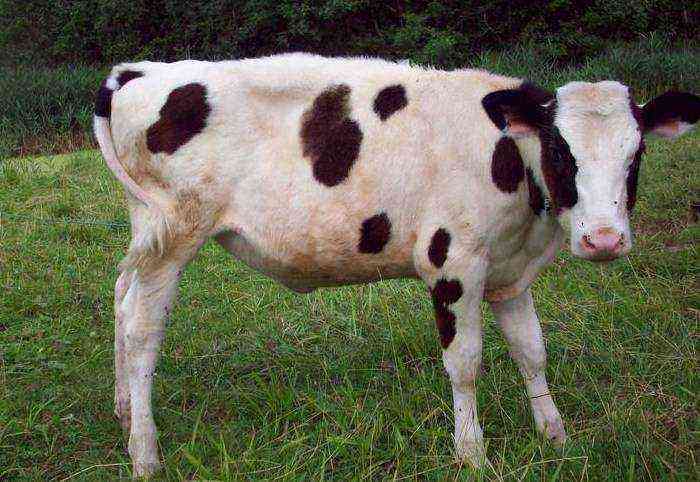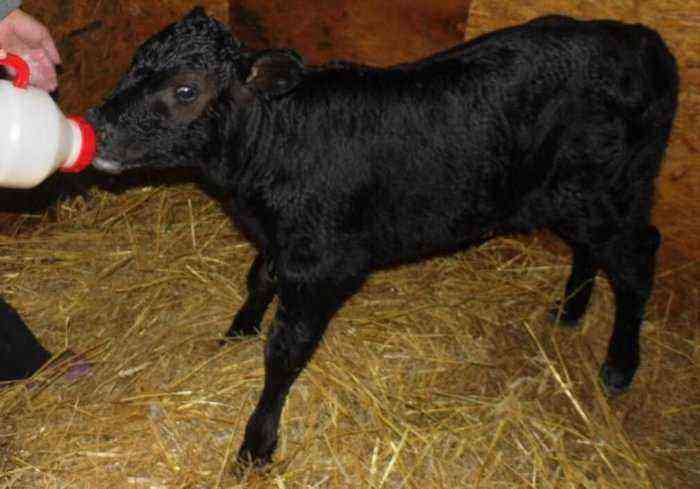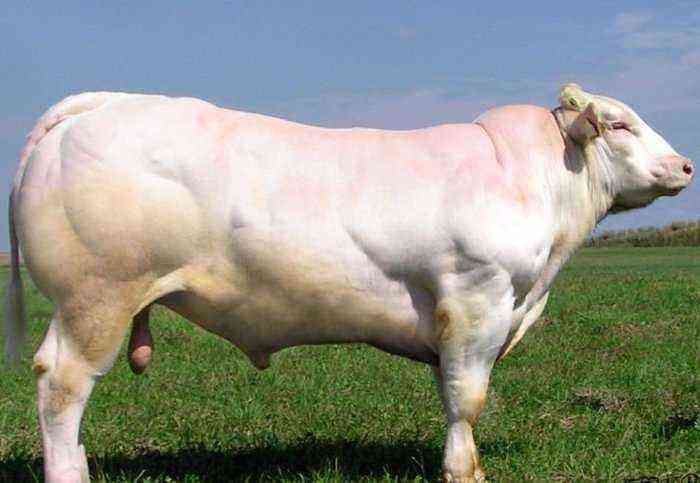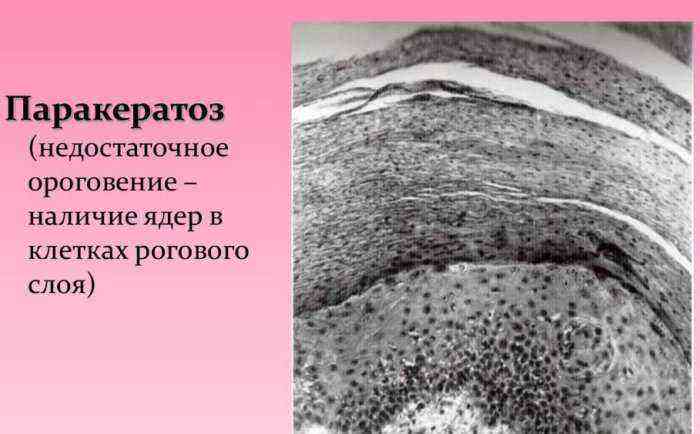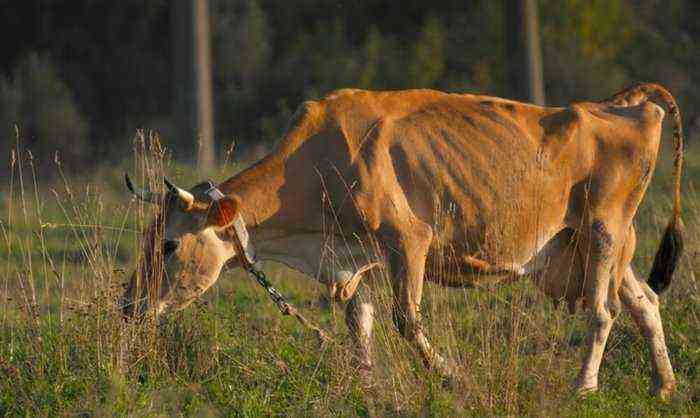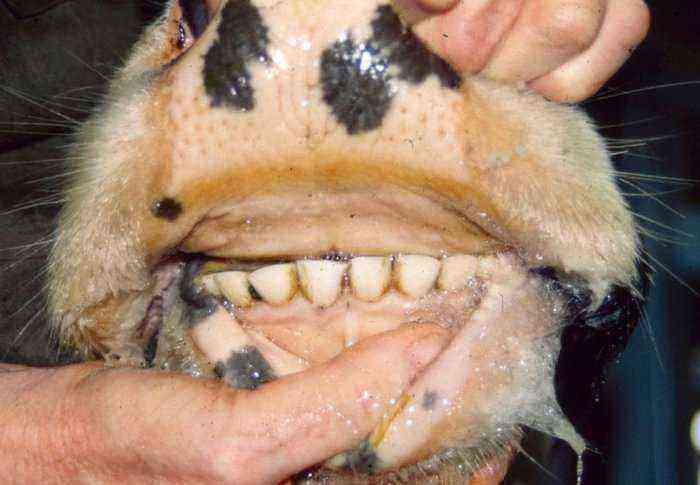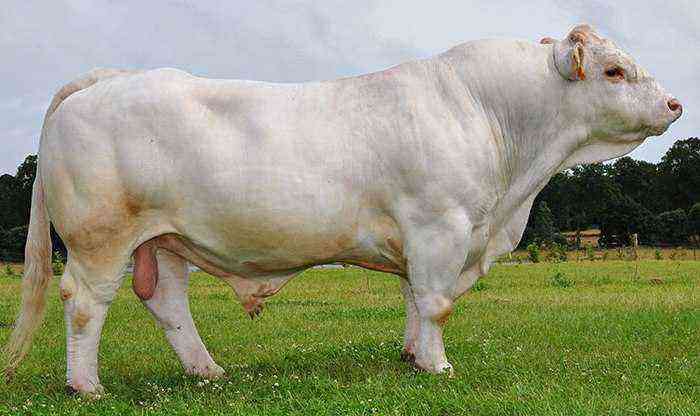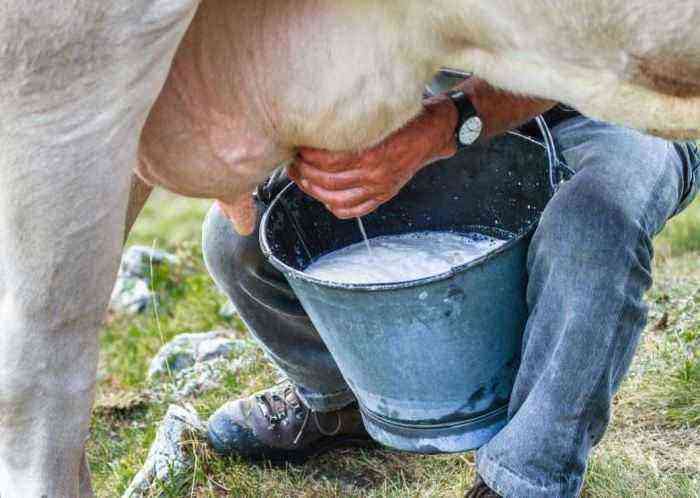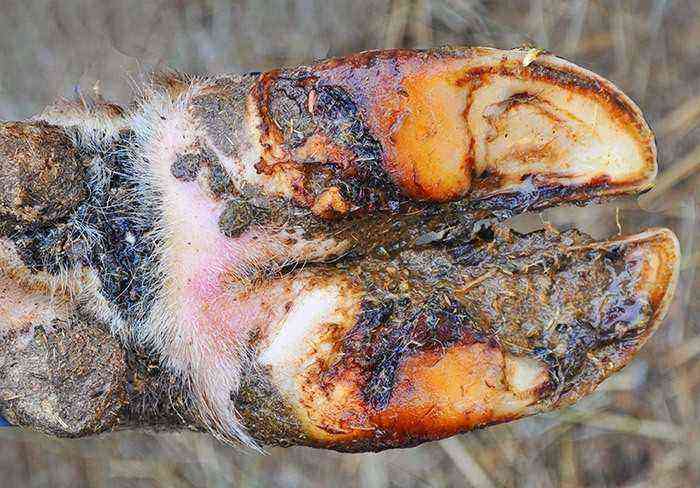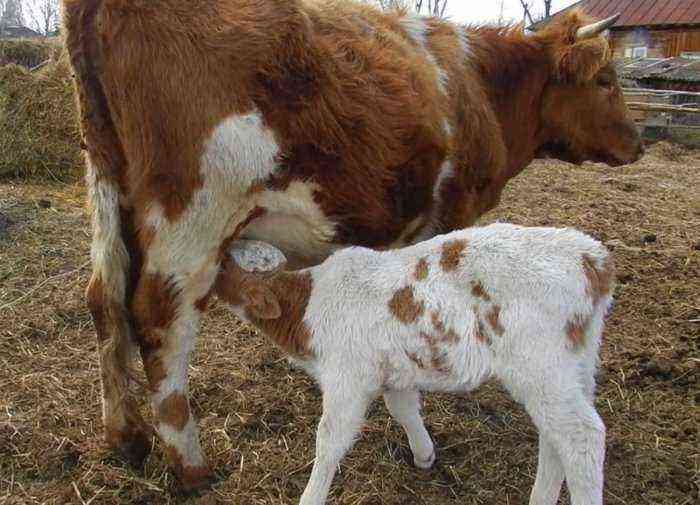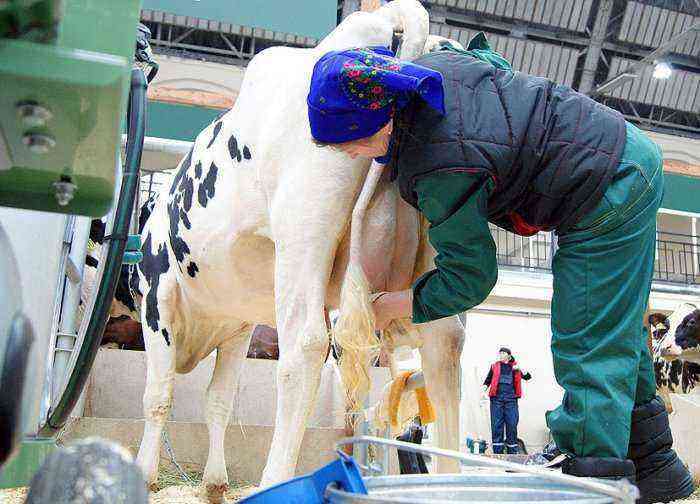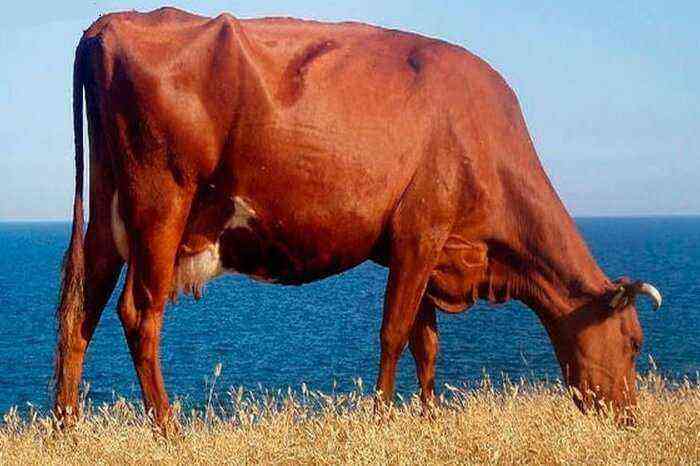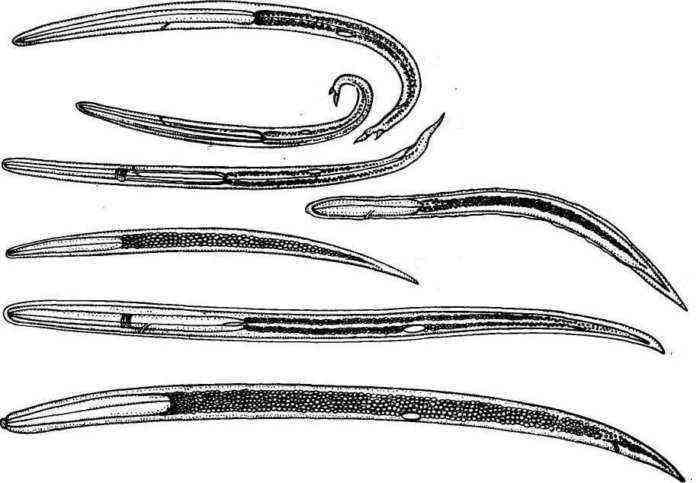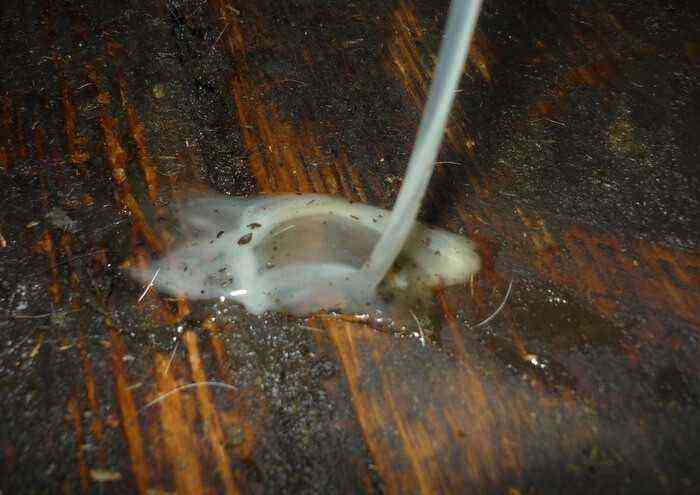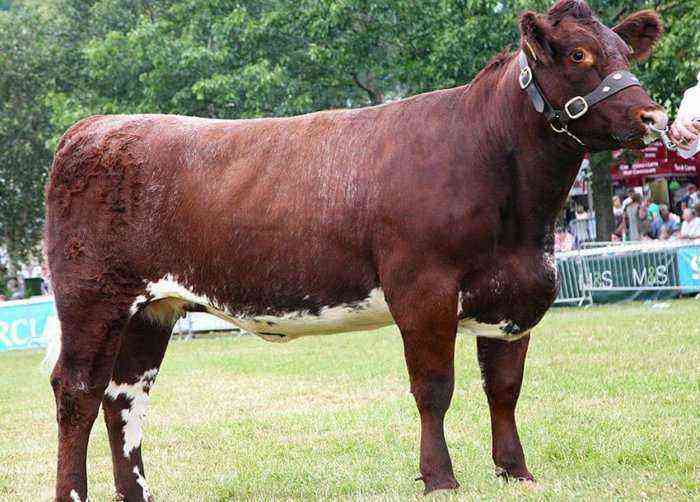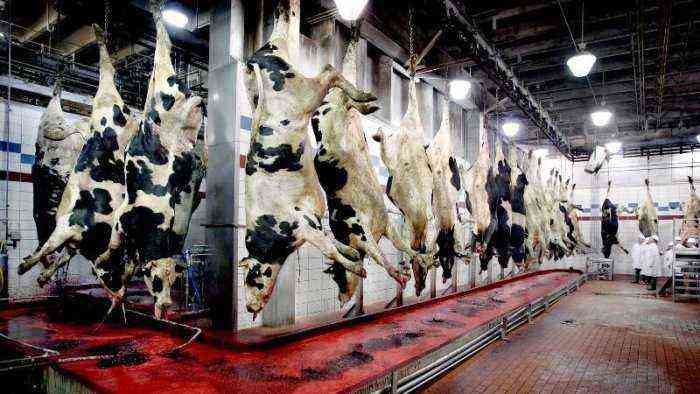Young animals do not yet have an immune system. In the first days of their lives, animals are vulnerable to pathogenic microorganisms. Paratyphoid fever in calves is caused by bacteria that belong to the Salmonella group. In the process of reproduction, an intestinal infection produces a large amount of toxins.
Paratyphoid fever in calves is caused by Salmonella bacteria.
Causes
The breeder must monitor the conditions of the calves. They should not be kept in close quarters. The situation is exacerbated by the following factors:
- lack of light;
- unsanitary conditions;
- bad food.
The owner needs to immediately protect the sick animal from the rest of the herd. The immunity of young animals is greatly reduced due to low temperatures. Harmful bacteria are resistant to high temperatures.
Pathogenic microorganisms enter the body of calves through the respiratory system. Microbes enter the external environment through the feces and urine of sick cows. The infection, along with feed and water, can end up in the calf’s digestive system.
Important! There is a danger of penetration of paratyphoid pathogens from mother to cub. Often adults are carriers of salmonellosis.
Symptoms and signs
The duration of the incubation period ranges from 5 days to 2 weeks. Paratyphoid calves manifest themselves as the following symptoms:
- The temperature rises sharply in the young.
- A sick animal suffers from disorders of the digestive system. Many calves develop severe diarrhea. Their feces often contain blood clots. This sign indicates damage to the intestinal mucosa.
- The calf’s limbs and ears get cold.
- Pay attention to the behavior of the animal. Young animals lose their appetite and do not approach the feeder.
- Calves prefer to lie in one place.
- The animal’s breathing speeds up and the pulse quickens.
- The causative agents of paratyphoid affect the lungs. The calf develops noisy shortness of breath and begins a dry cough.
Calves prefer to lie in one place
The infection has a negative effect on the nervous system. In the process of diagnosis, specialists detect cerebral edema. Doctors pay attention to changes in the spleen and liver.
The animal suffers from pathological processes occurring in the intestines. Paratyphoid affects the condition of the mucous membrane. Without timely assistance, the calf may die.
Important! Left untreated, the infection affects the joints. This leads to cramps in the limbs.
Treatment and vaccination
To determine the type of pathogenic microorganism, doctors examine the contents of the intestine. Specialists check animals for agglutination reaction. Only after the examination, the veterinarian prescribes treatment. First you need to isolate the sick calf. In this way, infection of the entire herd can be prevented.
Antitoxic serum is used for treatment. It must be administered intramuscularly. Bacteriophage is one of the most effective drugs. The tool actively fights the causative agent of paratyphoid. It helps to increase the immunity of animals. The bacteriophage accelerates the process of removing toxins from the body of the calf. The daily dose of the drug is 50 ml.
You can eliminate the consequences of infection with the help of Klamoksil. The agent must be administered intramuscularly at 1 ml per 10 kg of weight. Terramycin is used to cure calves.
Veterinarians prescribe antibacterial drugs to calves:
- Chloramphenicol;
- Furazolidone;
- Sulgin.
Sulgin
Be sure to thoroughly treat the premises with disinfectant solutions. Infection may be present on inventory surfaces.
Important! Antibiotics should be added to feed. Do not exceed the dosage indicated in the instructions. When calculating the amount of the drug, consider the age of the calves.
disease prevention
To increase the immunity of animals, it is necessary to give them colostrum in the first days. It contains antibodies that reduce the risk of contracting infectious diseases. It is recommended to include fermented milk products in the diet of calves.
It is possible to prevent infection with the causative agent of paratyphoid with the help of Calomel. The dosage depends on the age of the animal. Consult your veterinarian before using medications.
The source of infection can be dirty bedding or unwashed dishes. Animal breeder must keep inventory clean. It is necessary to regularly disinfect the premises where cows are kept. To destroy paratyphoid pathogens, breeders are advised to use a solution of lime.
Pregnant cows are best kept in a separate room. Animals need constant care. In the process of childbirth, it is necessary to monitor compliance with hygiene standards. Animals that have recovered are carriers of the disease. Gertner’s wand enters the baby’s body from the mother. Vaccines are used to prevent infection.
Important! Recovered animals should be kept in a separate room for 3 months.
Conclusion
Paratyphoid is accompanied by intense diarrhea. The causative agent of the disease is Gertner’s bacillus, which belongs to the Salmonella group. A dangerous infection leads to the death of young animals.
